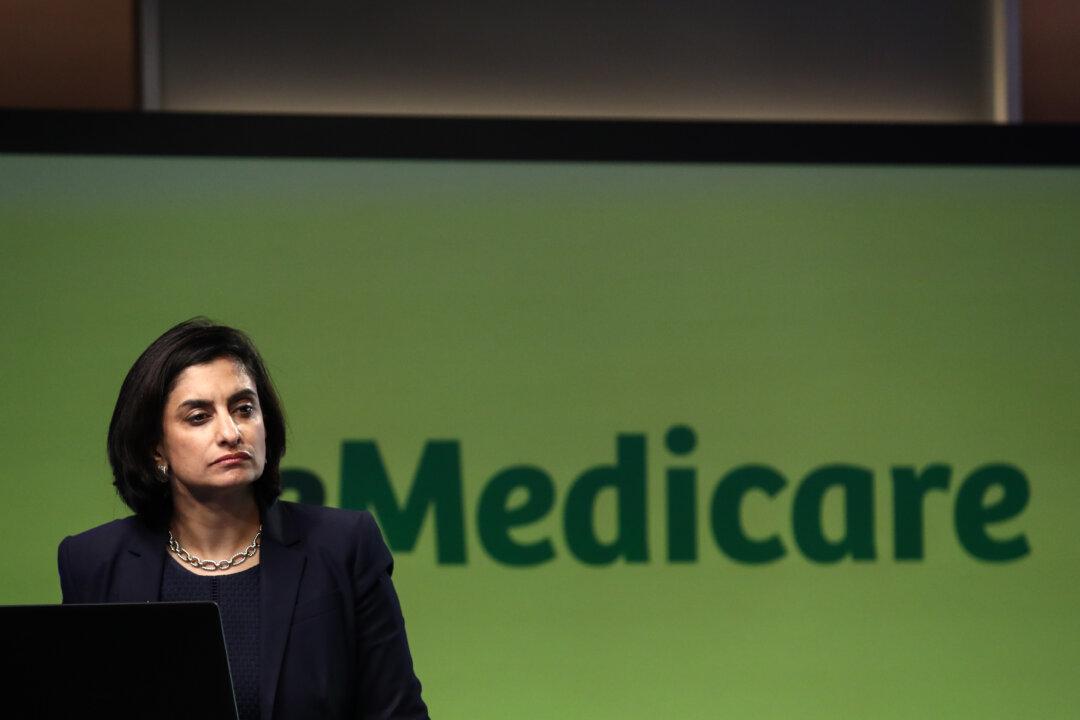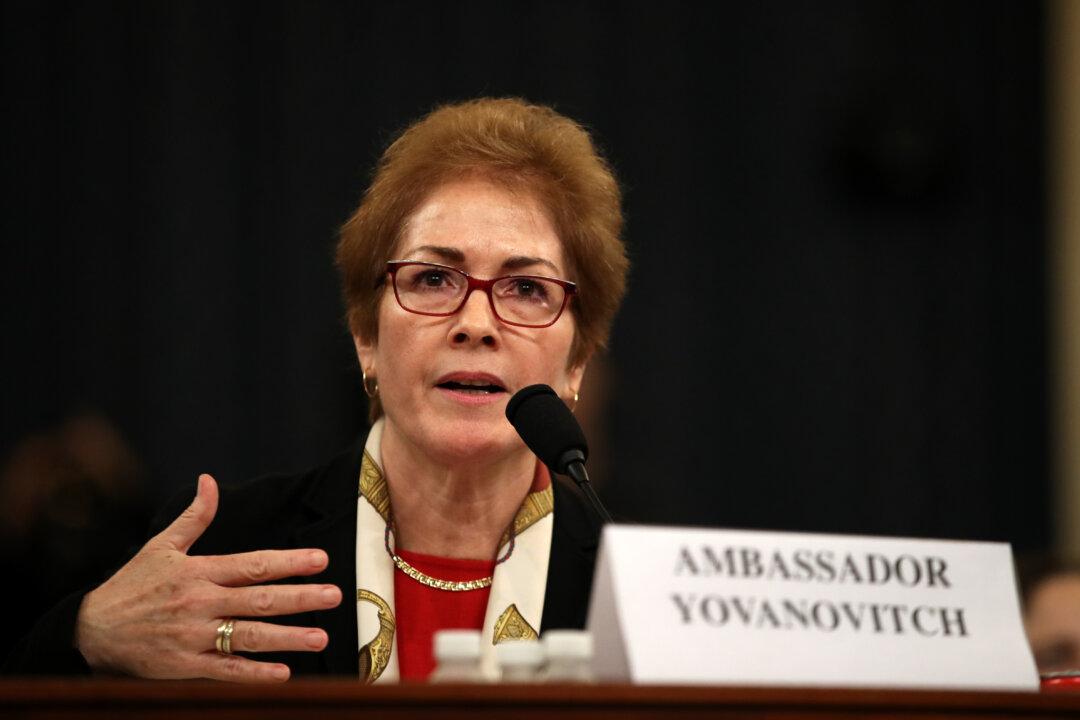WASHINGTON—“Medicare for All” might sound too good to be true, which means it probably is, says Seema Verma, the administrator for the Centers for Medicare & Medicaid Services (CMS).
“As head of the agency that serves over 58 million Medicare beneficiaries, I deal first-hand with the challenges of government-run health care,” she wrote in a Nov. 2 blog post. “The answer to the skyrocketing cost curve is not greater government intervention, leading to the evisceration of the private insurance marketplace, but just the opposite: increase choices, unleash private competition, innovation, and lighten regulations on plans, doctors and providers.”






